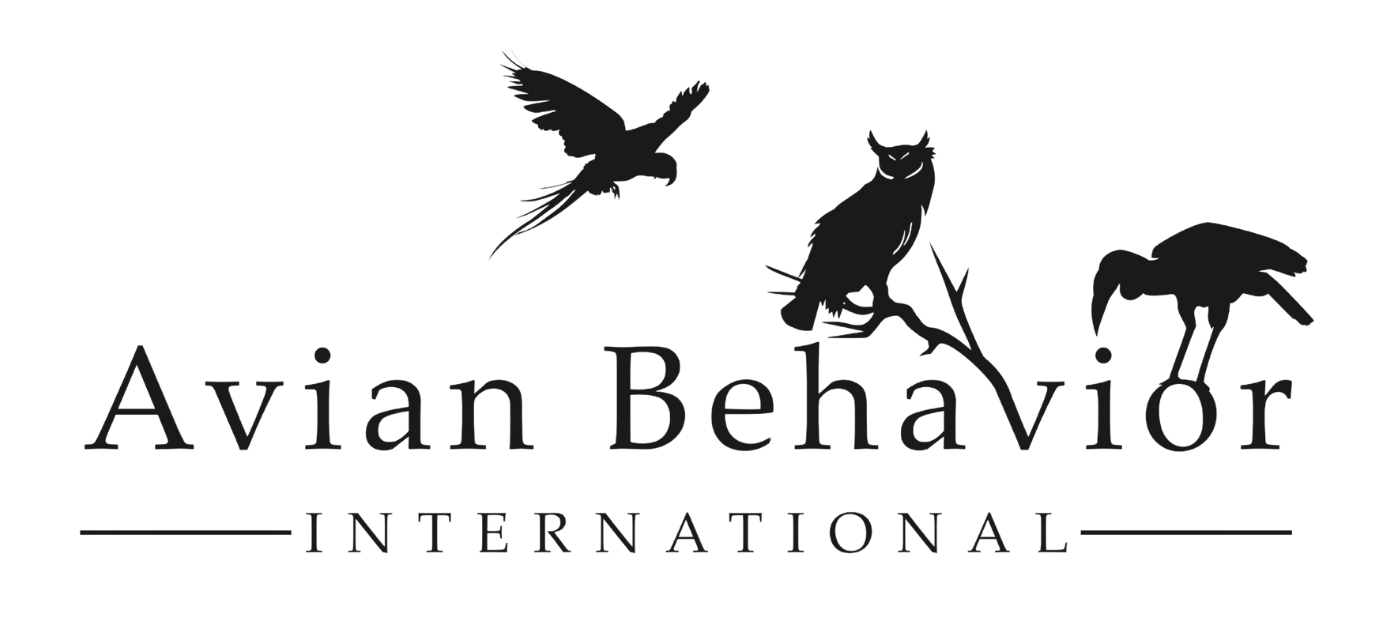
15 May Bird Vision: What Tina the Burrowing Owl Taught Me About Eyesight
Tina the burrowing owl spotted it before I did — a tiny flicker of movement that I completely missed. Birds are like humans in that they rely heavily on vision to perceive the world. But what they see — and how they see it — can be vastly different from us.
While working on the bird biology course, I’ve been diving deep into how different species have evolved to prioritize certain visual traits over others. It’s one of those topics that keeps surprising me.
Three Ways to Measure Vision
- Acuity: The ability to see fine detail. Think of it as high-definition resolution.
- Temporal Resolution: How quickly the eye and brain can process visual information.
- Low Light Sensitivity: The capacity to see in dim conditions.
Generally, an animal has to choose between acuity and low light sensitivity. You can’t be great at both. And that’s where things get interesting.
Owls vs. Hawks: Different Eyes for Different Lives
Owls, like Tina, are built for low light. Their eyes are huge relative to their skull size, packed with rod cells that help them detect movement in near darkness. But what they gain in night vision, they lose in acuity. Unlike hawks and eagles, owls don’t have the same level of razor-sharp detail vision over long distances.
The trade-off is striking. A wedge-tailed eagle, for example, has some of the best acuity ever measured in the bird world — up to eight times better than ours. They can spot a rabbit moving from over a mile away. But they don’t see well in low light, a skill that owls have perfected.
Why Does This Matter?
Understanding how birds see isn’t just a fun fact — it’s critical for anyone working with birds, from wildlife rehabilitators to falconers to parrot caregivers. Recognizing what a bird can or can’t see helps us design better training sessions, create safer enclosures, and respond more effectively to behavioral cues.
Understanding how birds see isn’t just a fun fact — it’s critical for anyone working with birds, from wildlife rehabilitators to falconers to parrot caregivers. Recognizing what a bird can or can’t see helps us design better training sessions, create safer enclosures, and respond more effectively to behavioral cues.
If this kind of detail fascinates you, stay tuned. We’re getting closer to releasing our bird biology course, and it’s packed with insights like these. Trust me, it’s worth the wait.

